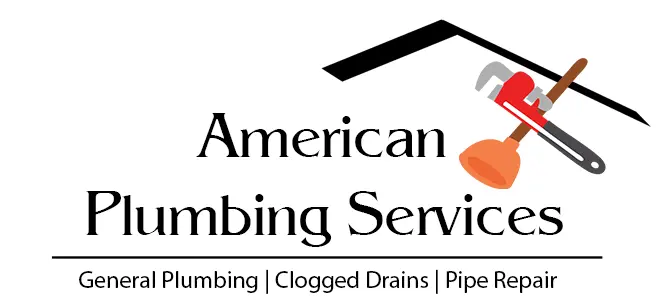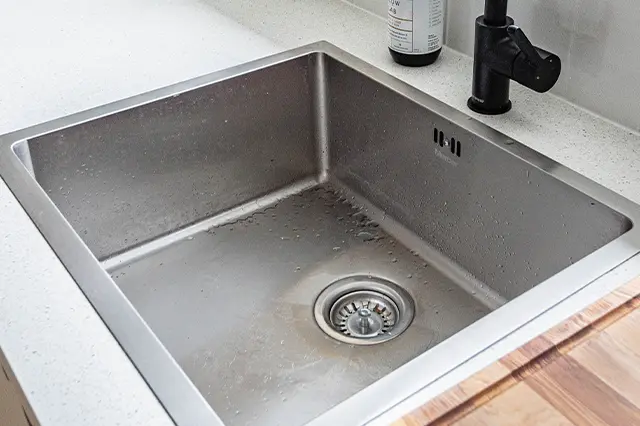
A Step-By-Step Guide To Troubleshooting And Fixing Kitchen Sink Problems
Kitchen sink problems can be very annoying and inconvenient. They can range from a clogged drain to a leaky pipe, and the issue can get exponentially worse if left unresolved. Fortunately, there are plenty of solutions for these types of problems, and with a little bit of troubleshooting, you can often find the cause of your kitchen sink problem and take appropriate action to fix it. In this article, we’ll provide you with a step-by-step guide on how to troubleshoot and fix common kitchen sink problems.
What to do when your kitchen sink is clogged
If your kitchen sink is clogged, the first thing you should do is check the P-trap. The P-trap is a U-shaped pipe located under the sink that traps debris and prevents it from clogging the drain. If the P-trap is clear, the next step is to check the garbage disposal. If the garbage disposal is clogged, you will need to unplug it and use a plunger to clear the obstruction. If your sink is still clogged, you may need to snake the drain. To do this, remove the P-trap and insert a plumbing snake into the drain pipe. Turn on the snake and push it through the pipe until you feel resistance. This will break up any blockages in the pipe.
How to fix a kitchen sink that leaks
If your kitchen sink is leaking, don’t panic! In most cases, a leaking kitchen sink can be easily fixed with a few simple tools and a little know-how. Follow the steps below to troubleshoot and fix your kitchen sink leak.
1. First, identify where the leak is coming from. Is it coming from the faucet? The drain? Underneath the sink?
2. Once you know where the leak is coming from, you can begin to troubleshoot and fix the problem.
– If the leak is coming from the faucet, check to make sure that the O-ring or gasket is not damaged or worn out. If it is, simply replace it with a new one. – If the leak is coming from underneath the sink, it could be a loose pipe or fitting. Tighten any loose pipes or fittings with a wrench. – If the leak is coming from the drain, there could be a clog in the P-trap (the curved section of pipe under the sink). Disassemble the P-trap and remove any clogs.
3. Once you’ve identified and fixed the source of the leak, test your repair by running water through the sink to see if it’s still leaking. If it is, repeat steps 1-3 until you find and fix the source of the leak.
Good luck! With a little troubleshooting and some simple DIY skills, you can easily fix a leaking kitchen sink.
When to call a professional for help
If your kitchen sink is leaking, blocked, or otherwise not functioning properly, it’s important to know when to call a professional for help. While some kitchen sink problems can be fixed easily by the homeowner, others will require the assistance of a plumbing professional.
Leaks: If your kitchen sink is leaking, you’ll want to call a professional plumber for help. Leaks can be caused by a variety of factors, including loose pipes, faulty fixtures, and cracks in the sink itself. A professional plumber will be able to quickly diagnose the cause of the leak and make the necessary repairs.
Blocked Sink: If your kitchen sink is blocked, it’s important to determine the cause before attempting to fix it yourself. If the blockage is due to food or other organic matter, you may be able to clear it with a plunger or drain snake. However, if the blockage is caused by a more serious issue like a broken pipe or clog in the sewer line, you’ll need to call a professional plumber for help.
Faulty Fixtures: If your kitchen sink faucet is dripping or otherwise not functioning properly, you may be able to fix it yourself by replacing worn-out washers or O-rings. However, if the problem persists after making these simple repairs, you’ll need to call a professional plumber for further assistance.
How to clean and maintain your kitchen sink
Assuming you have a stainless steel sink, the best way to clean it is with vinegar and water. Mix one part vinegar to four parts water, and pour it into your sink. Let it sit for a few minutes, then scrub with a soft cloth or sponge. Rinse well with cold water. You can also use this solution to clean your faucet and drains. If you have hard water stains, you can make a paste of baking soda and vinegar and apply it to the stains with a sponge. Scrub gently and rinse well.
Conclusion
Troubleshooting and fixing kitchen sink problems can be a daunting task, but it doesn’t have to be. With the right tools and our step-by-step guide, you’ll be able to diagnose and repair most common kitchen sink issues in no time. Now you can get back to enjoying your favorite recipes without worrying about any unexpected plumbing surprises!
